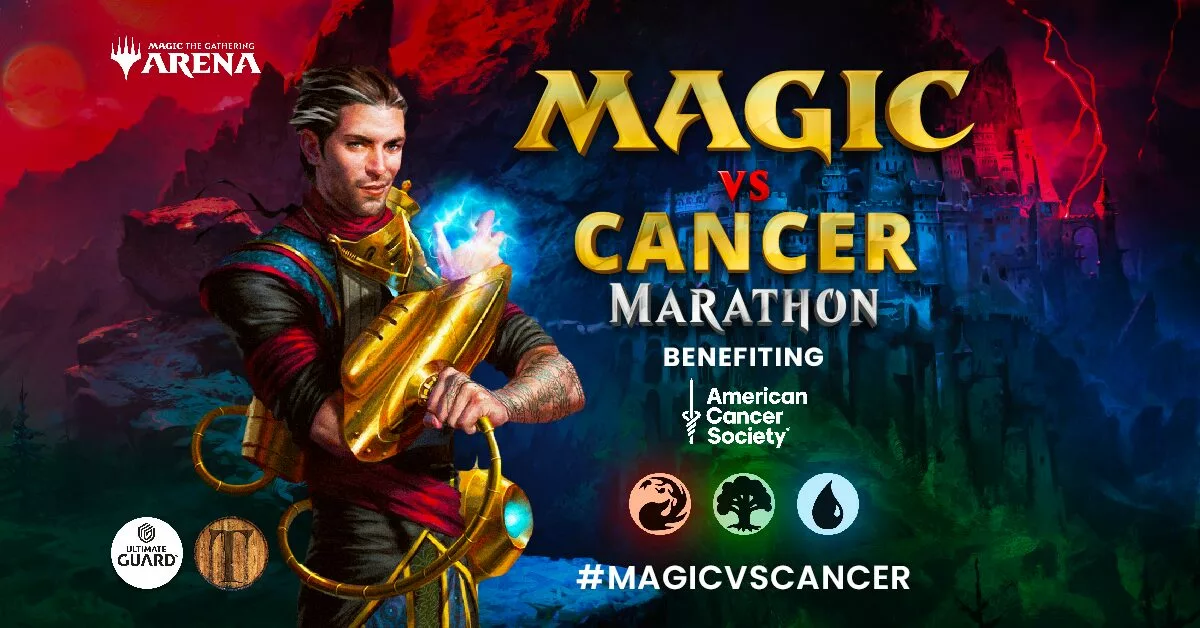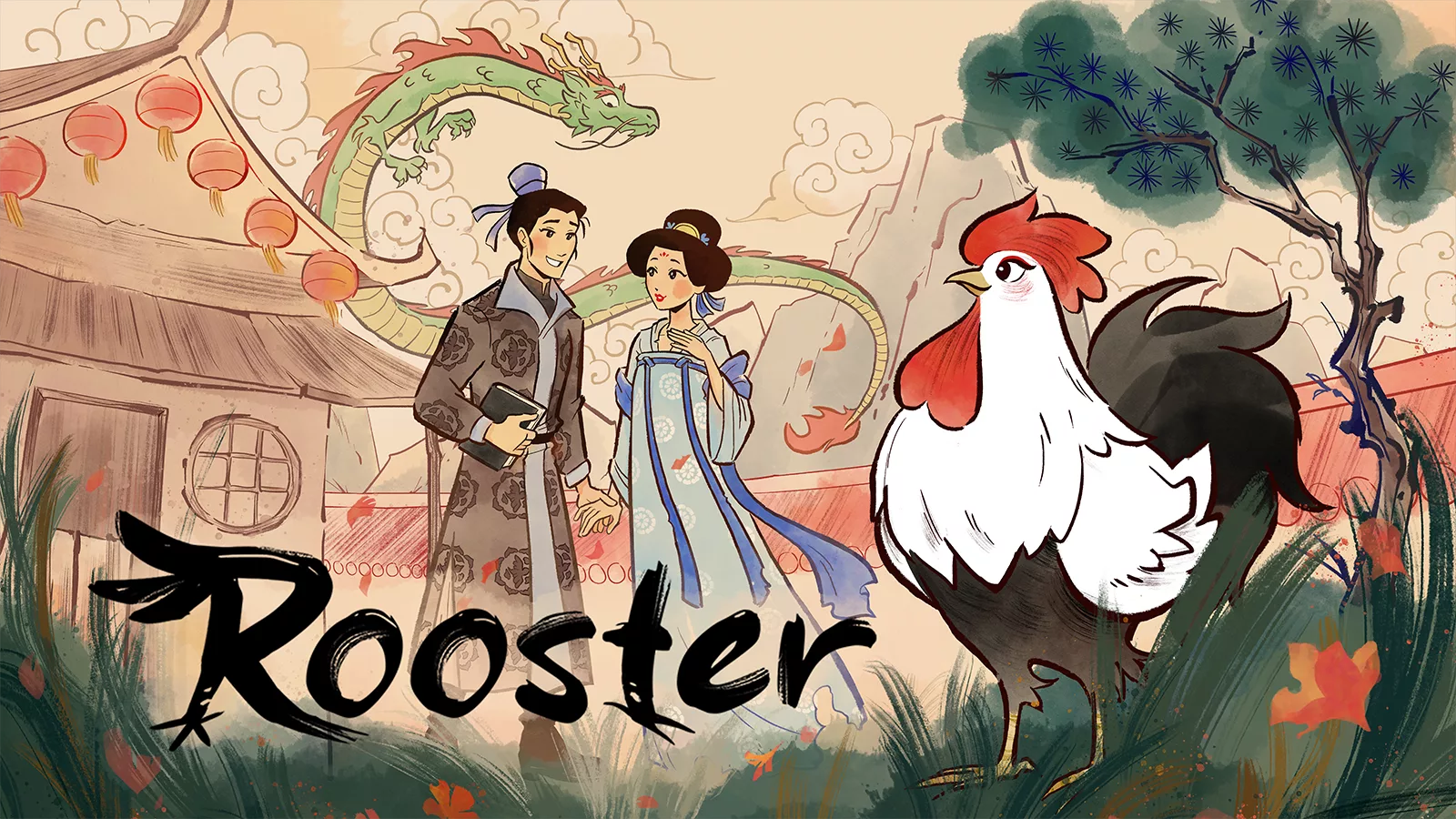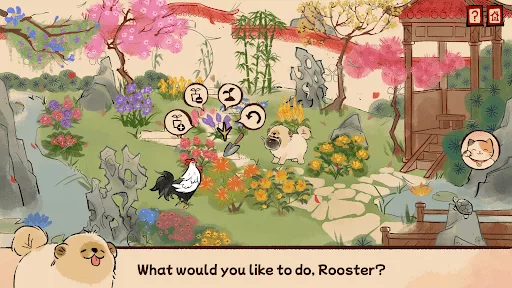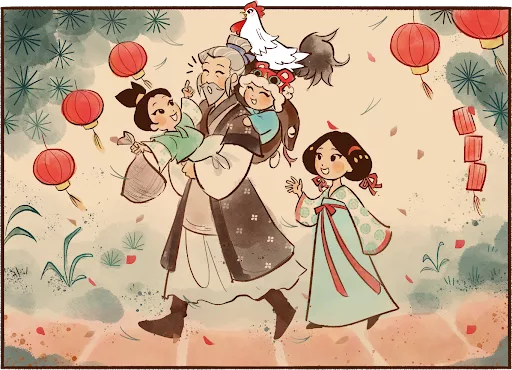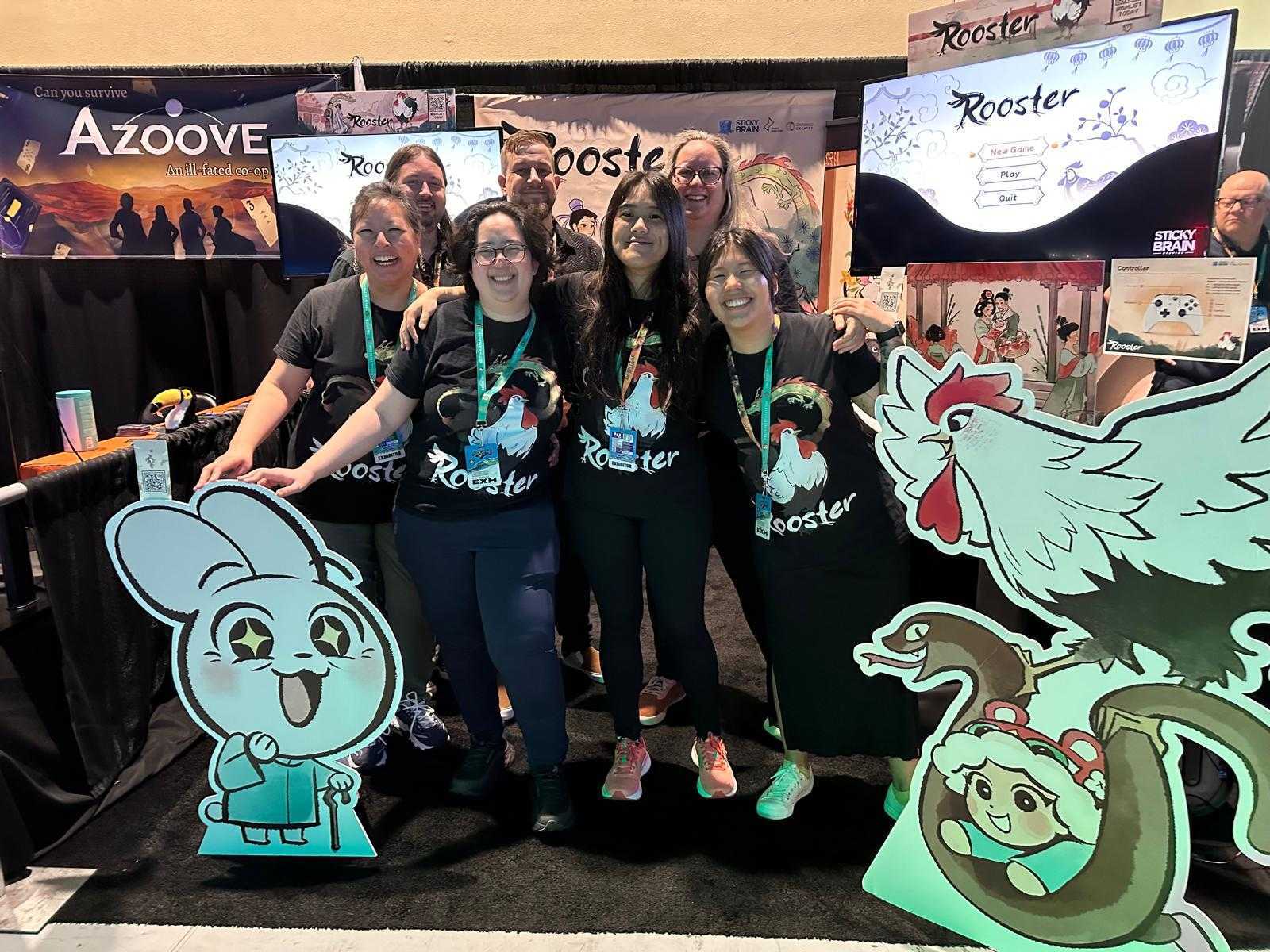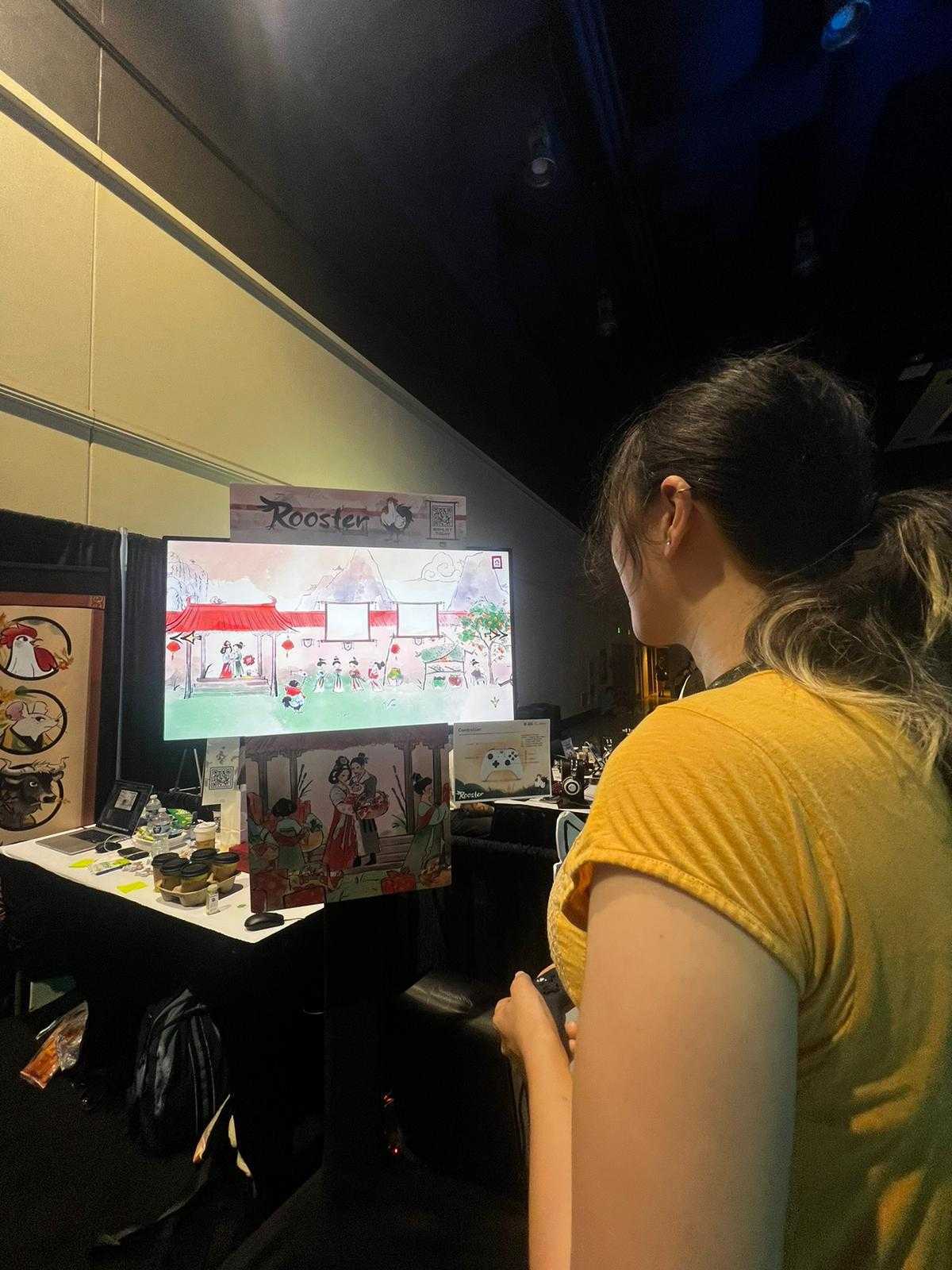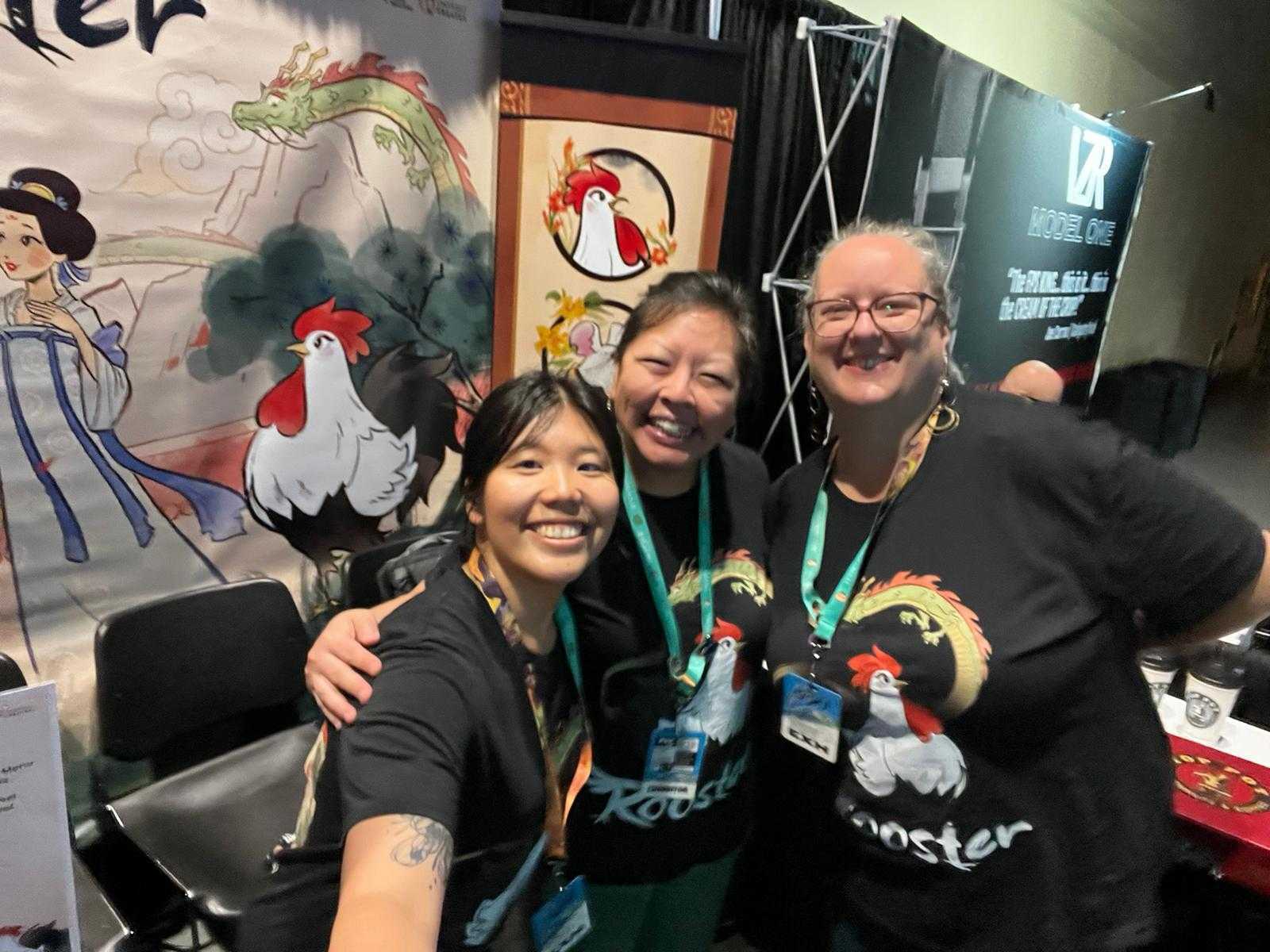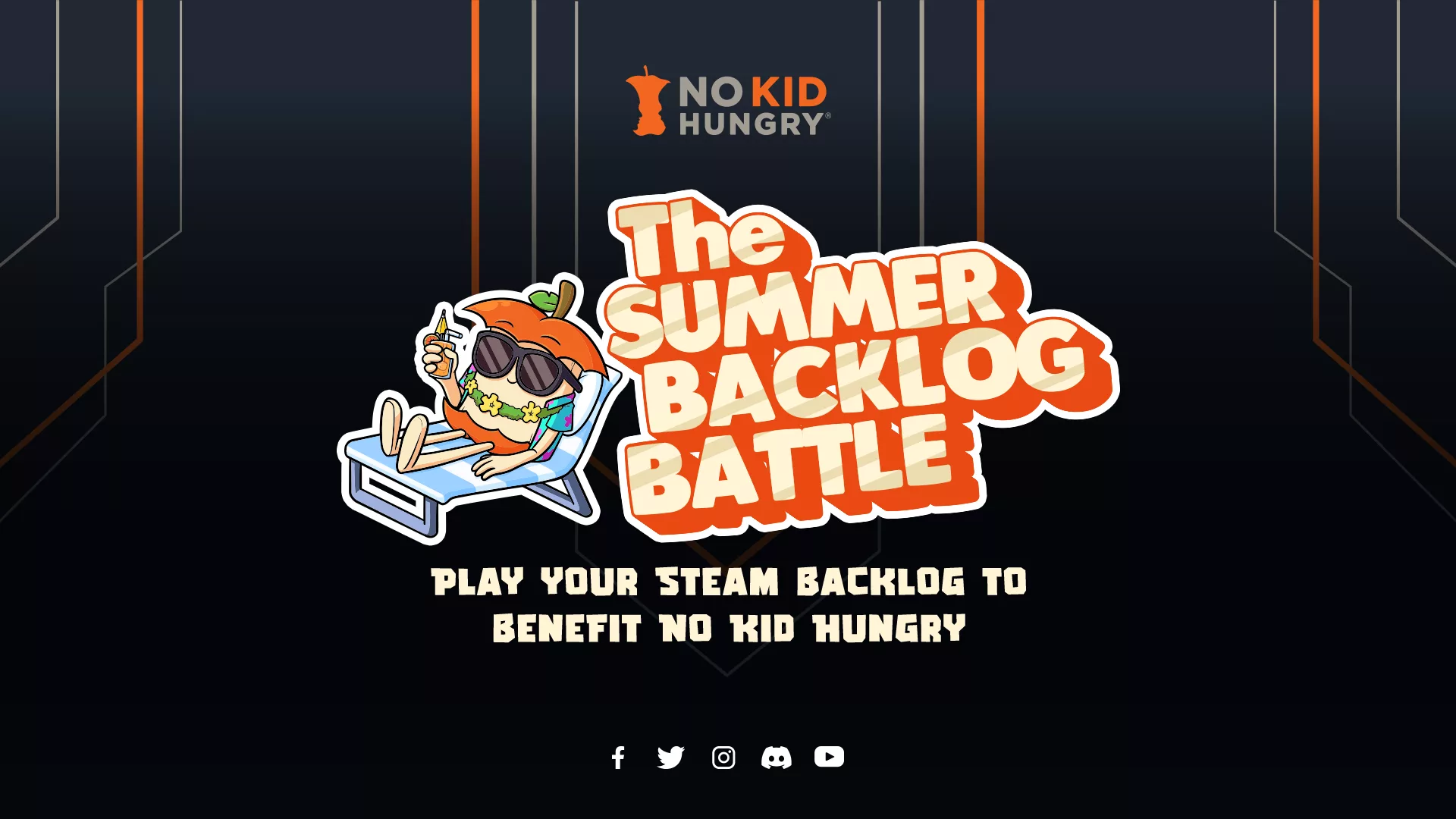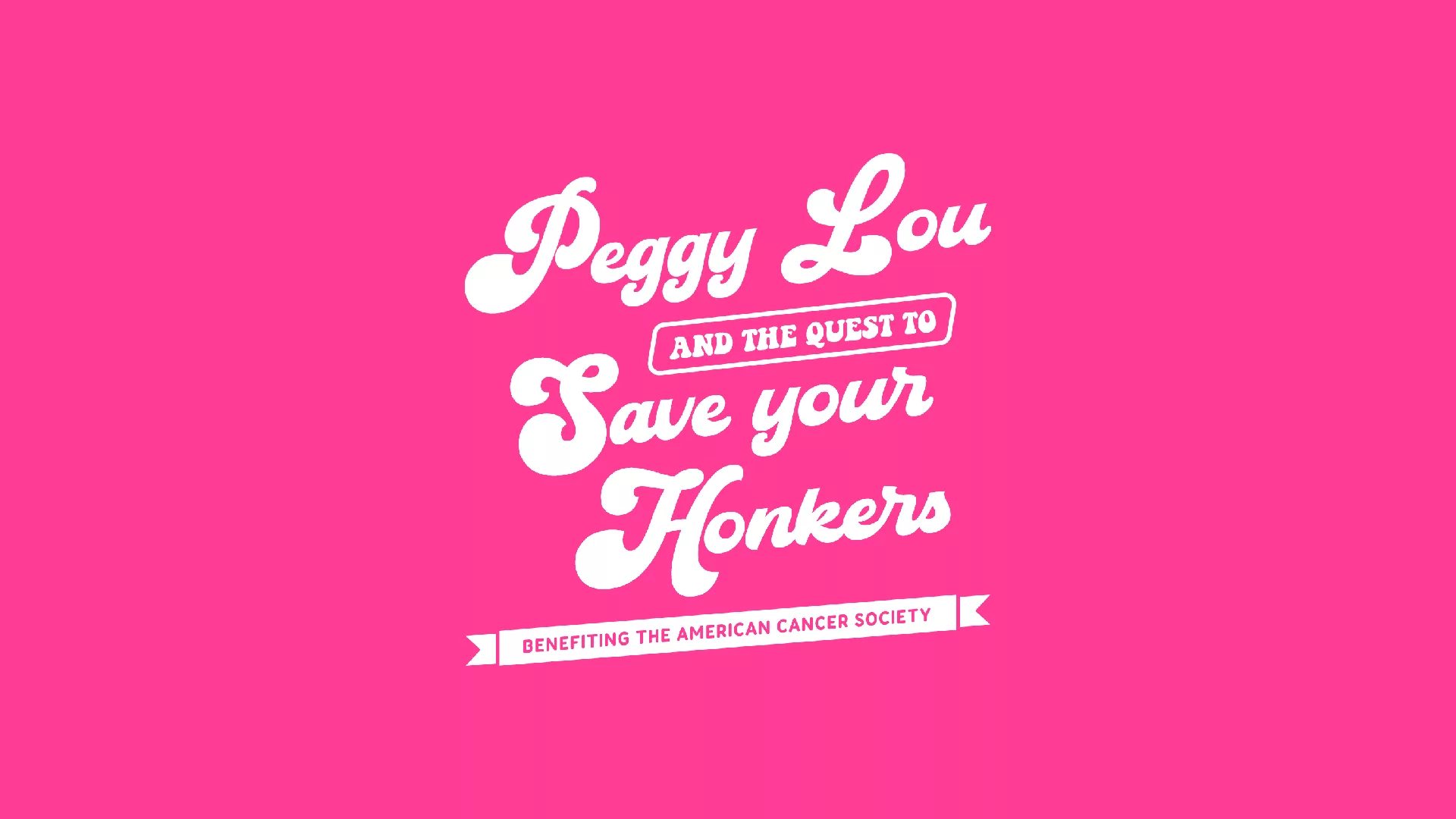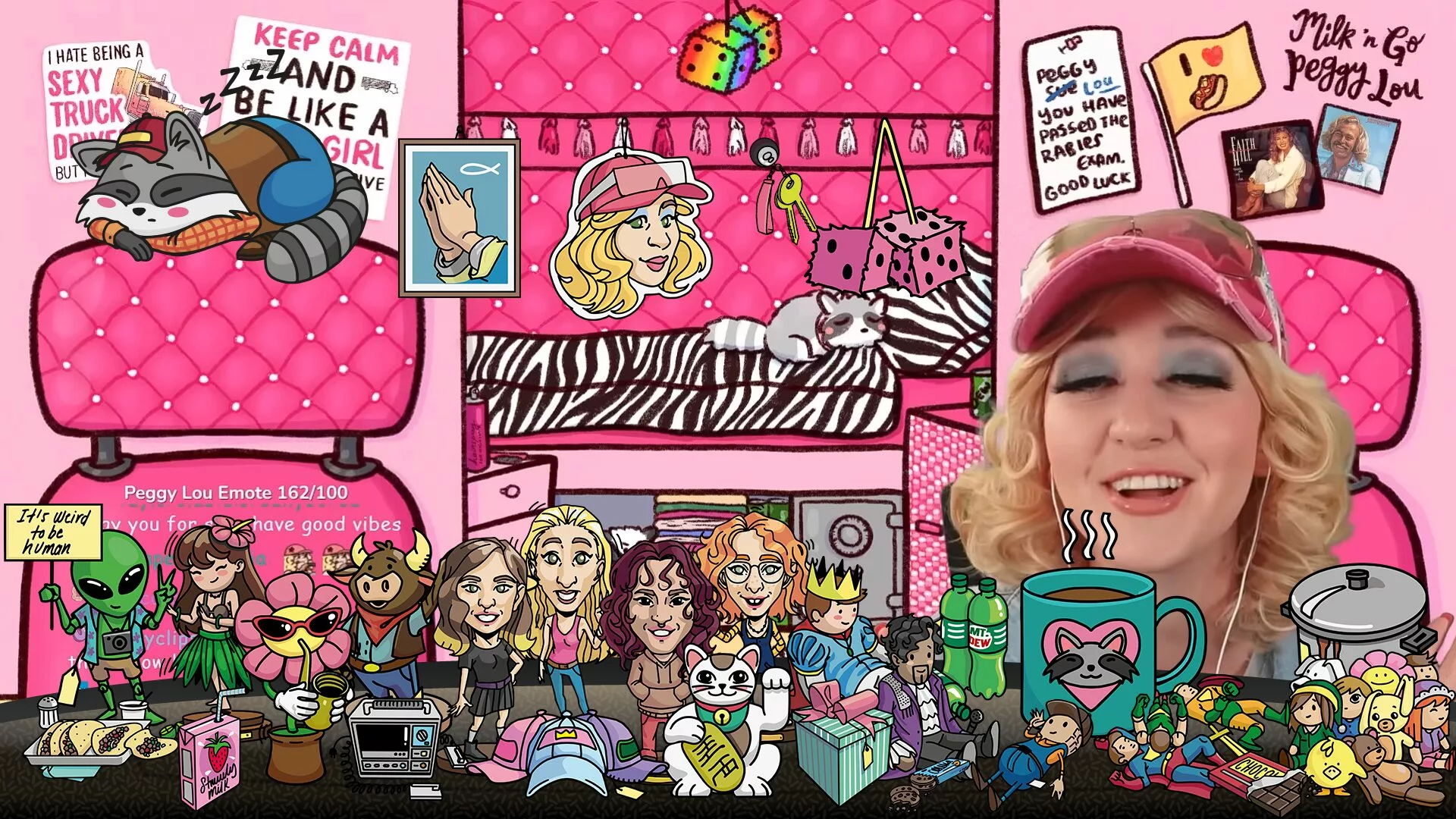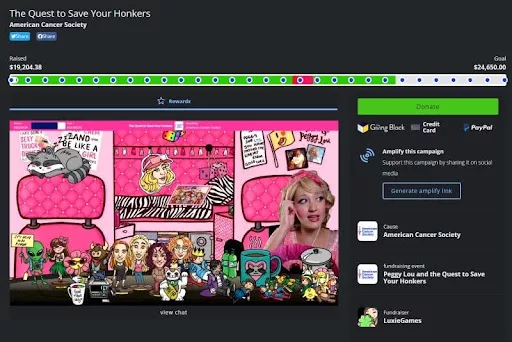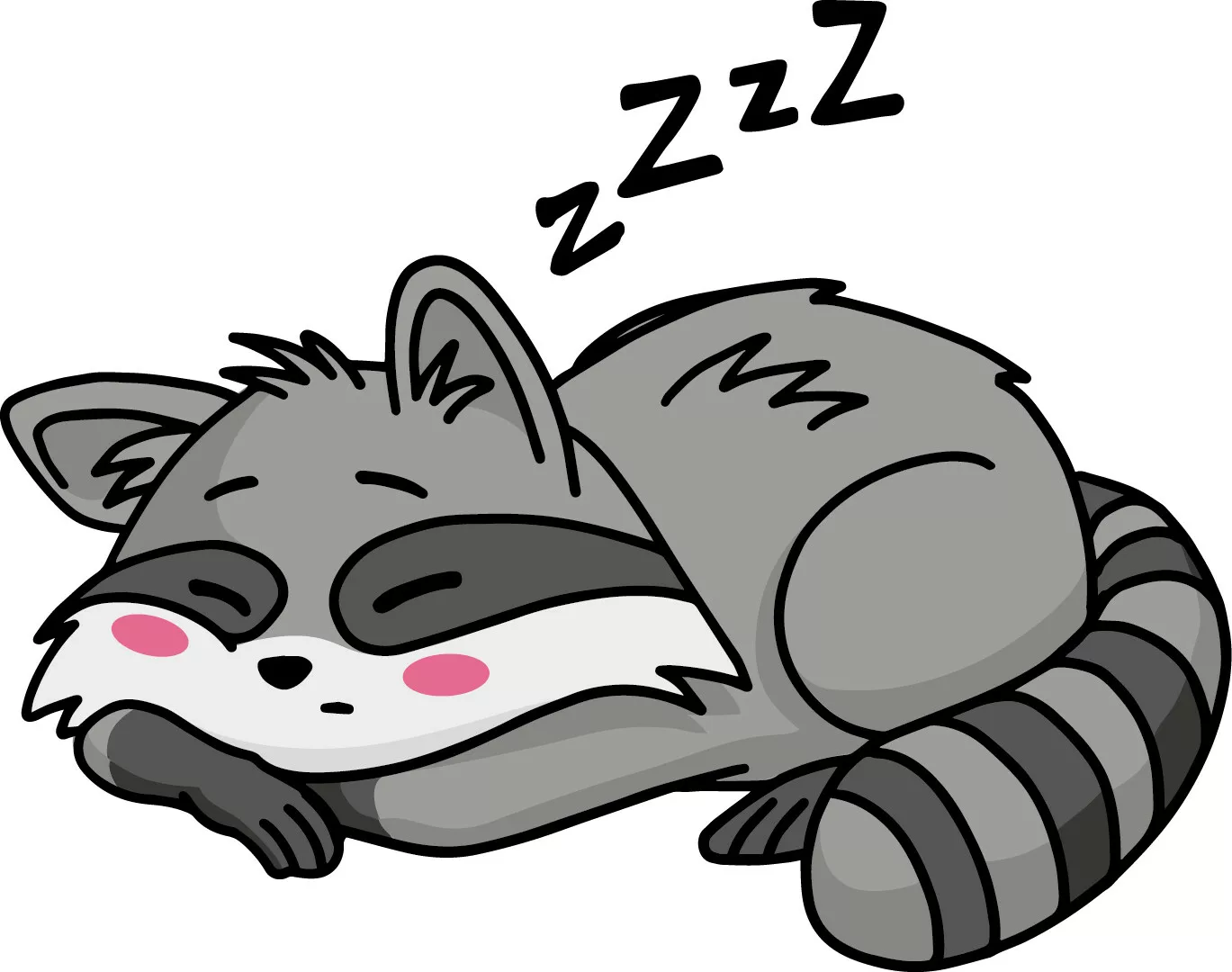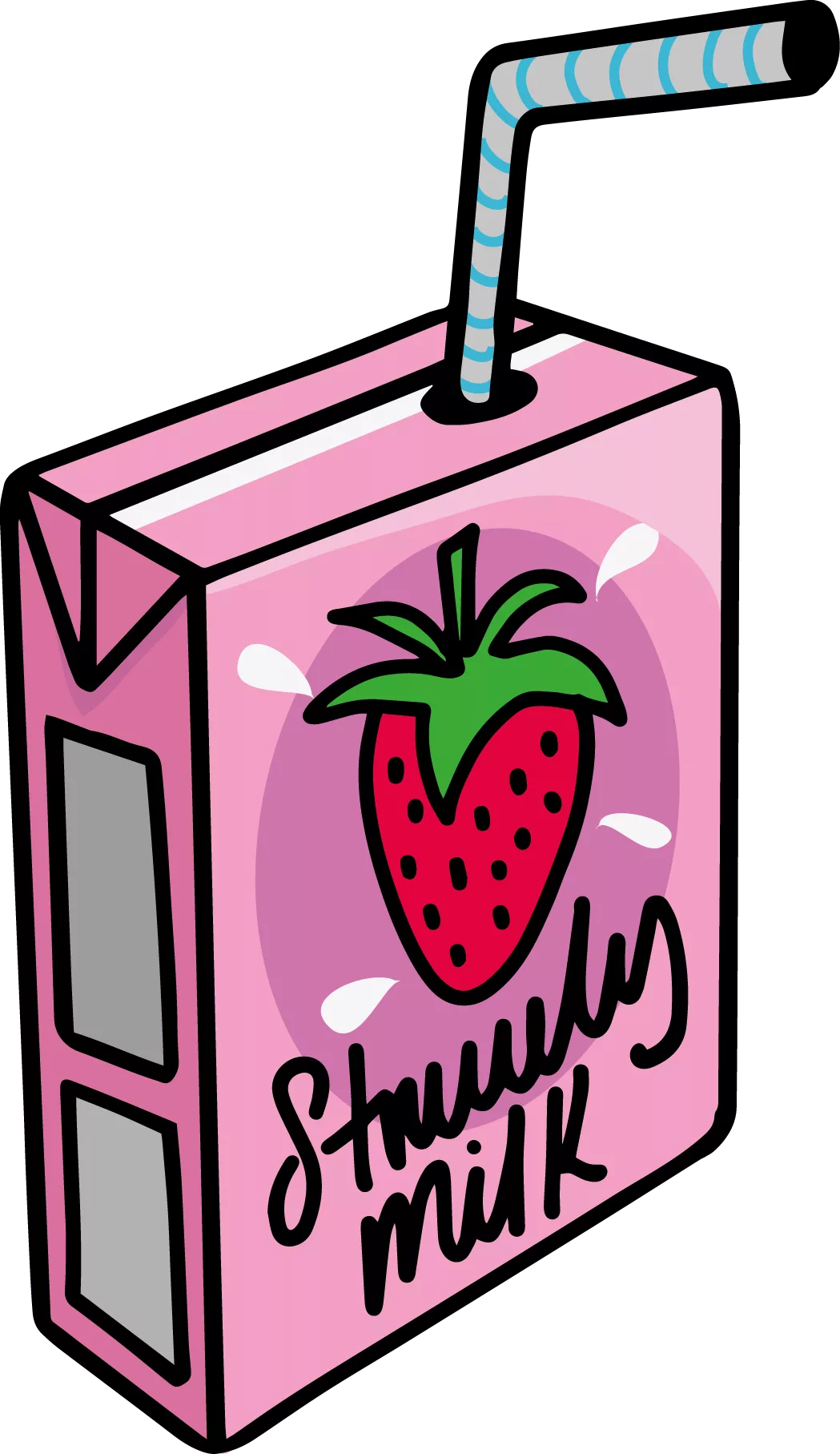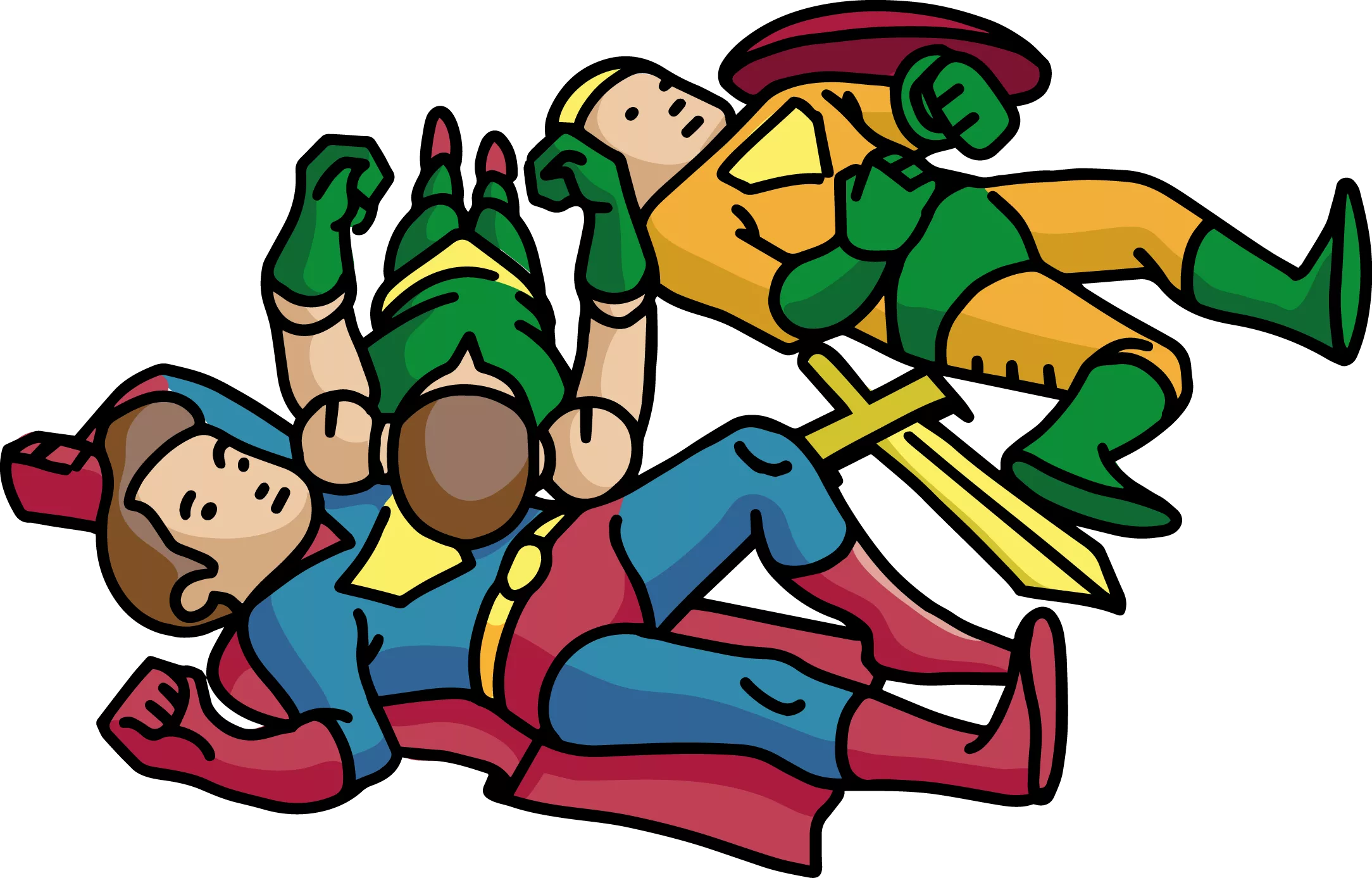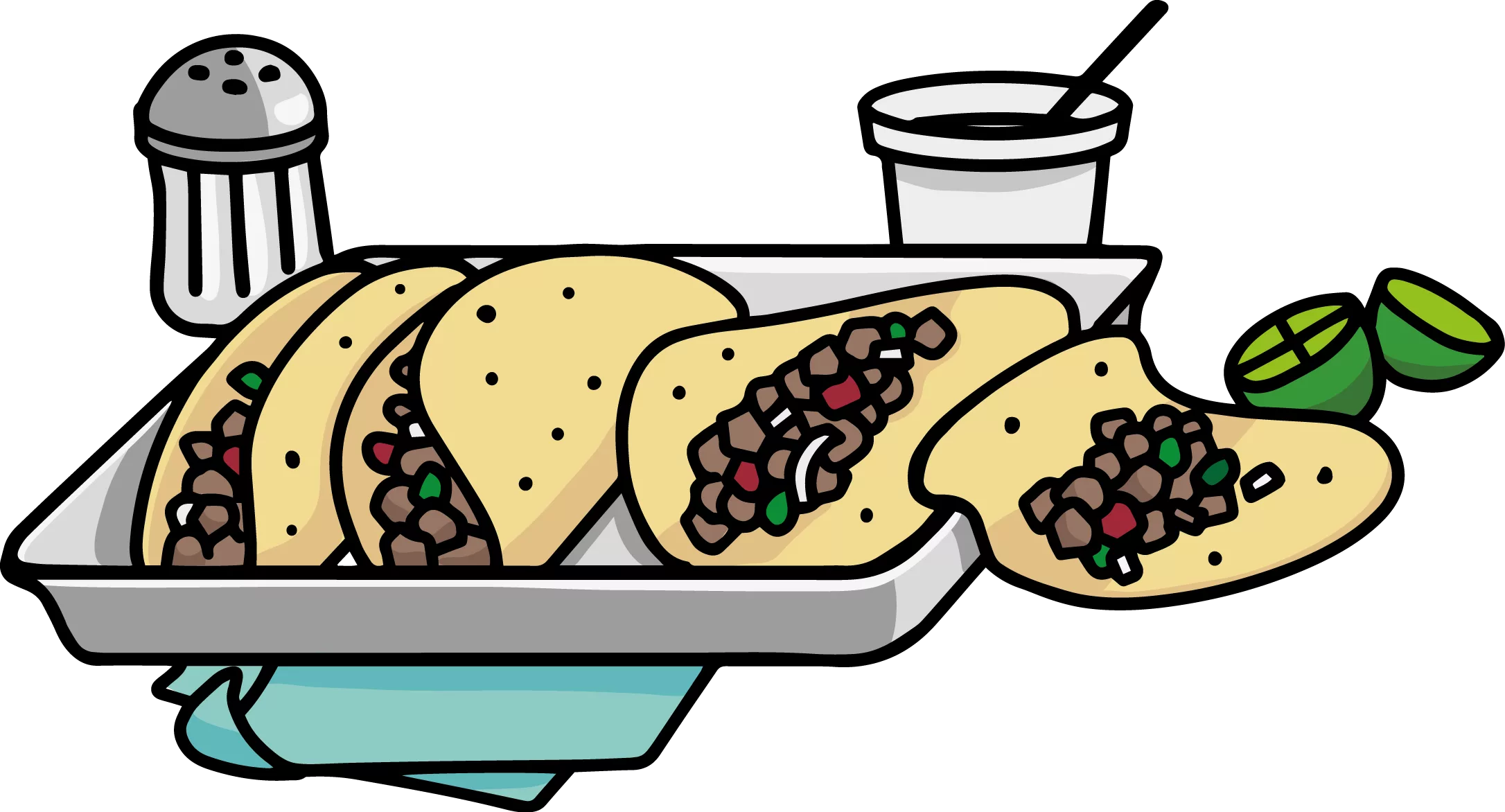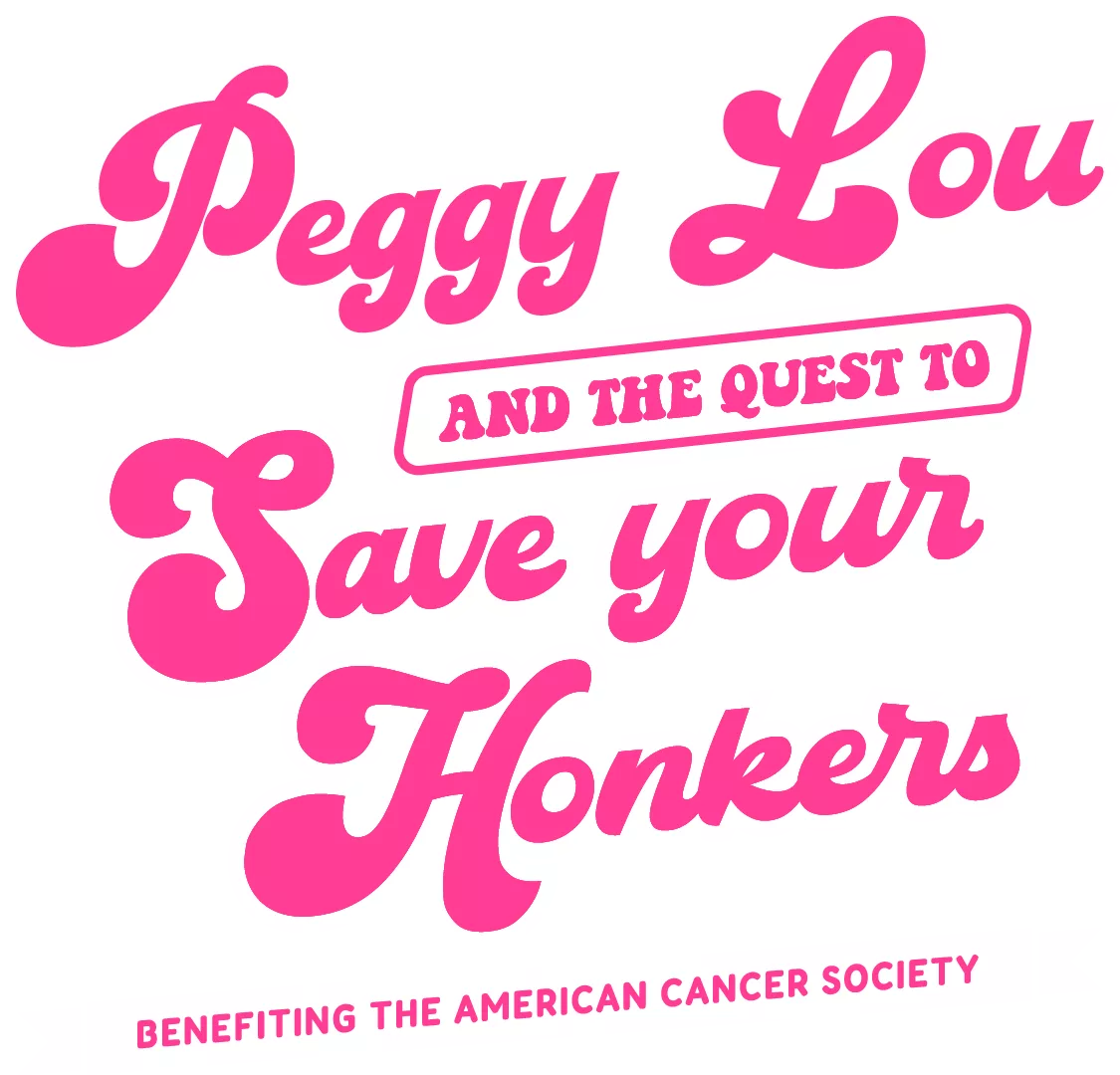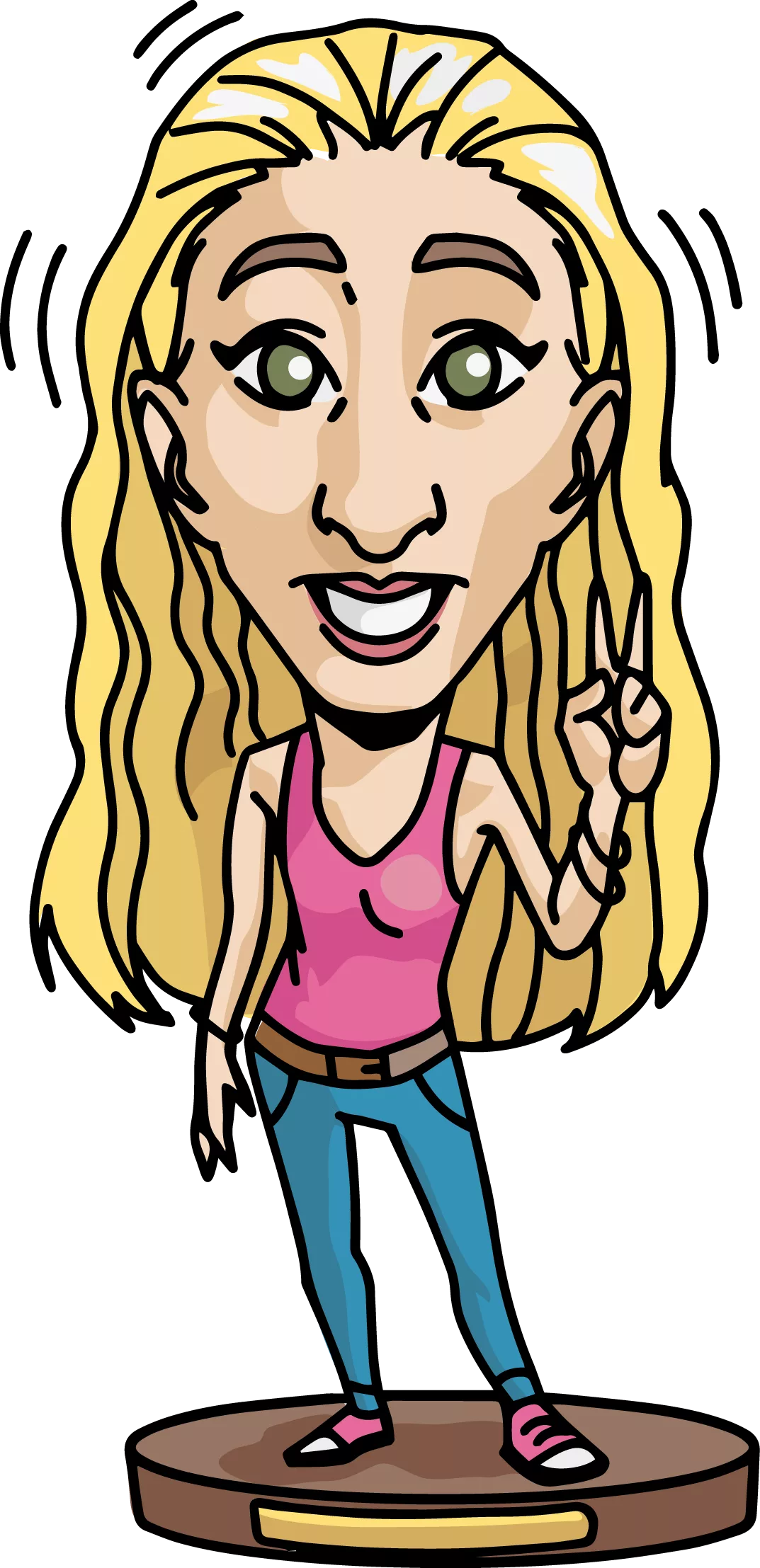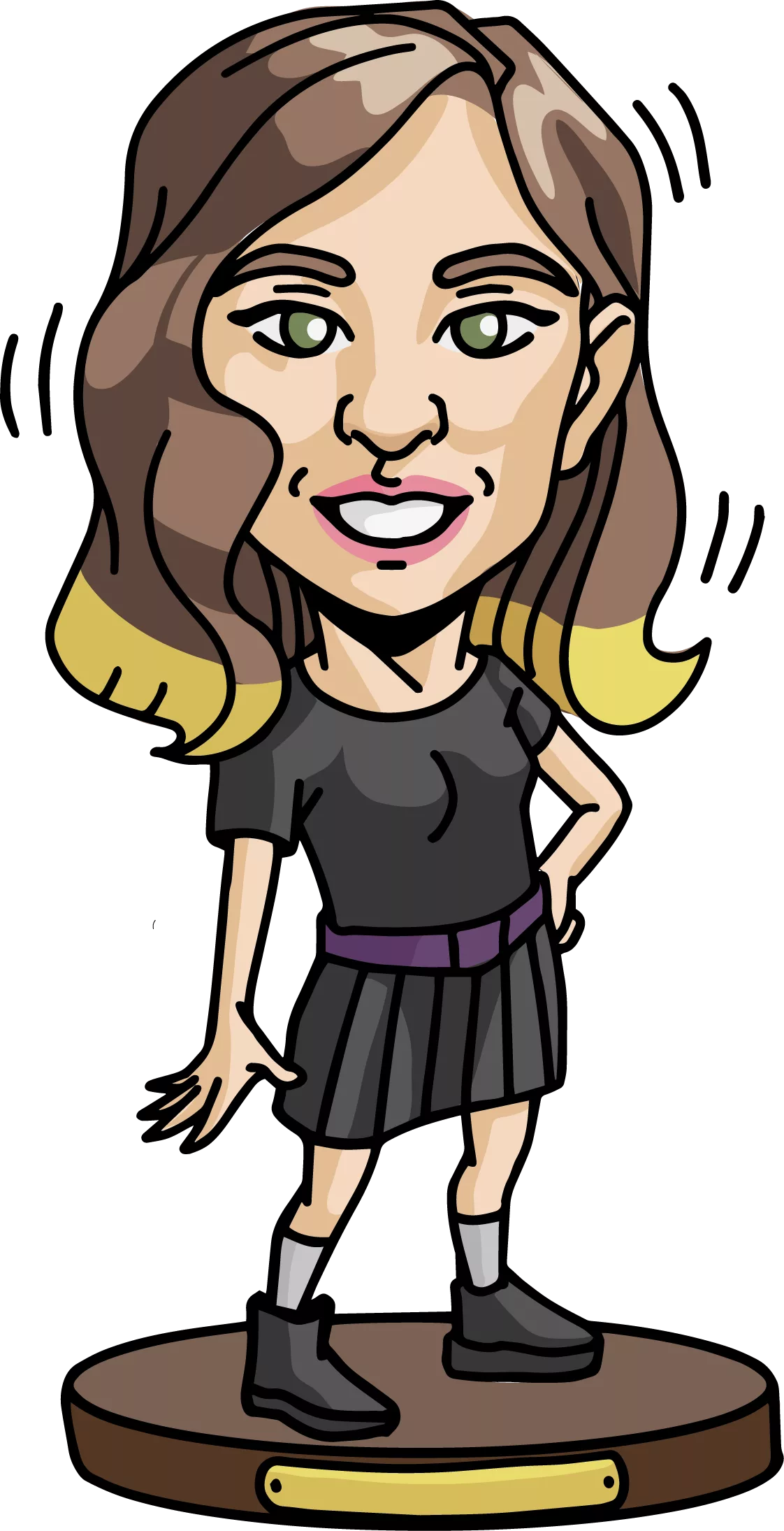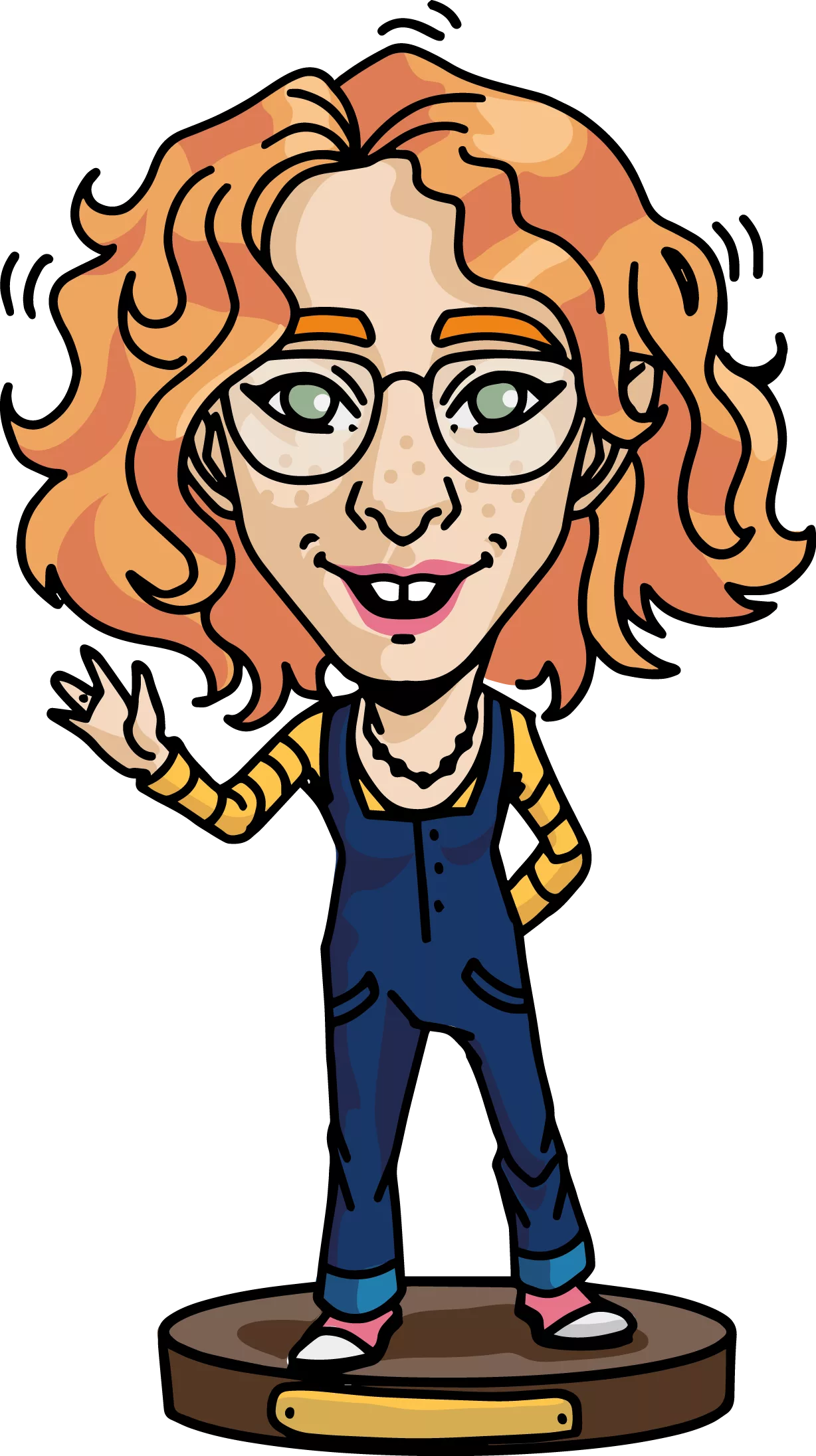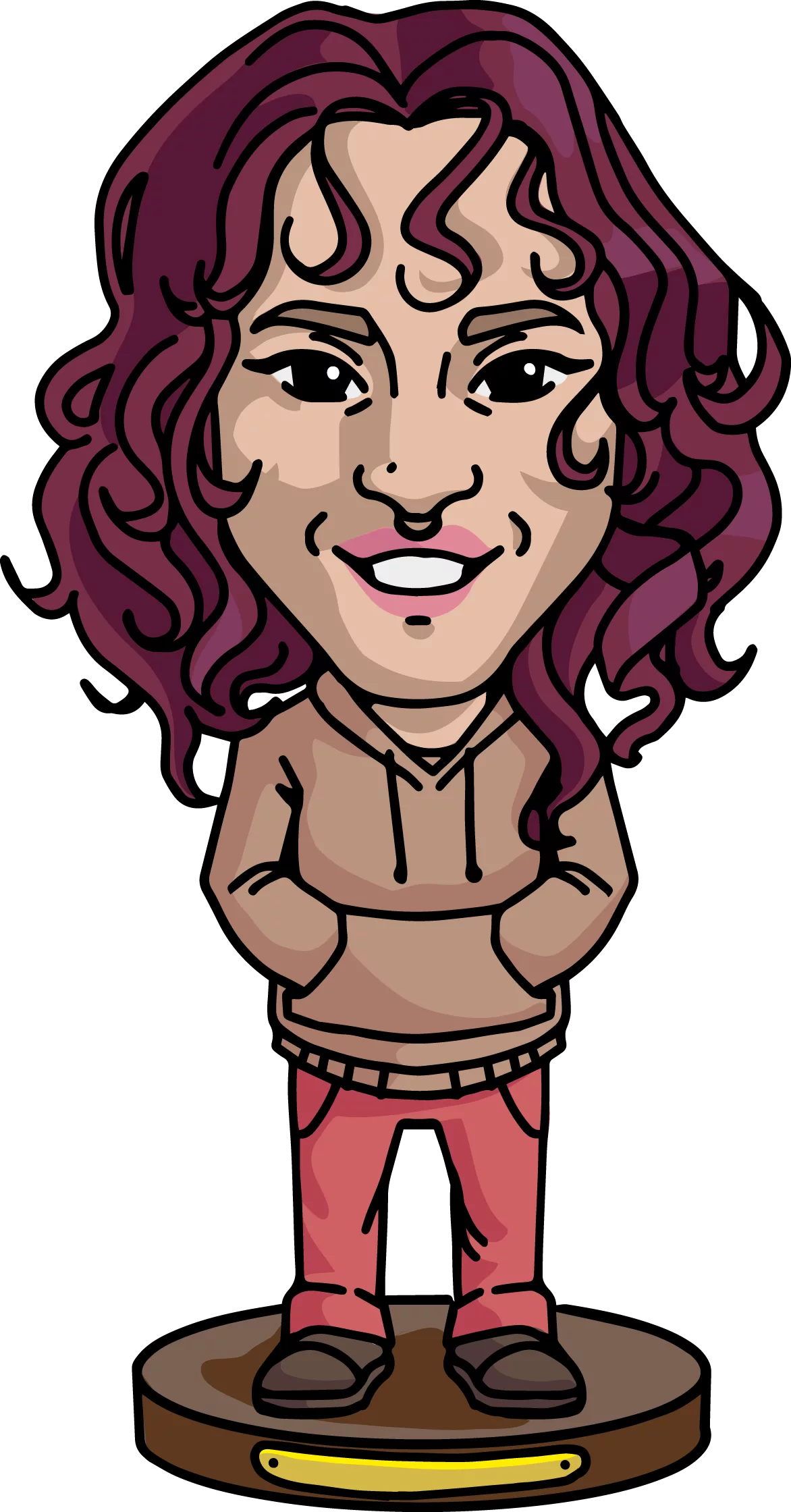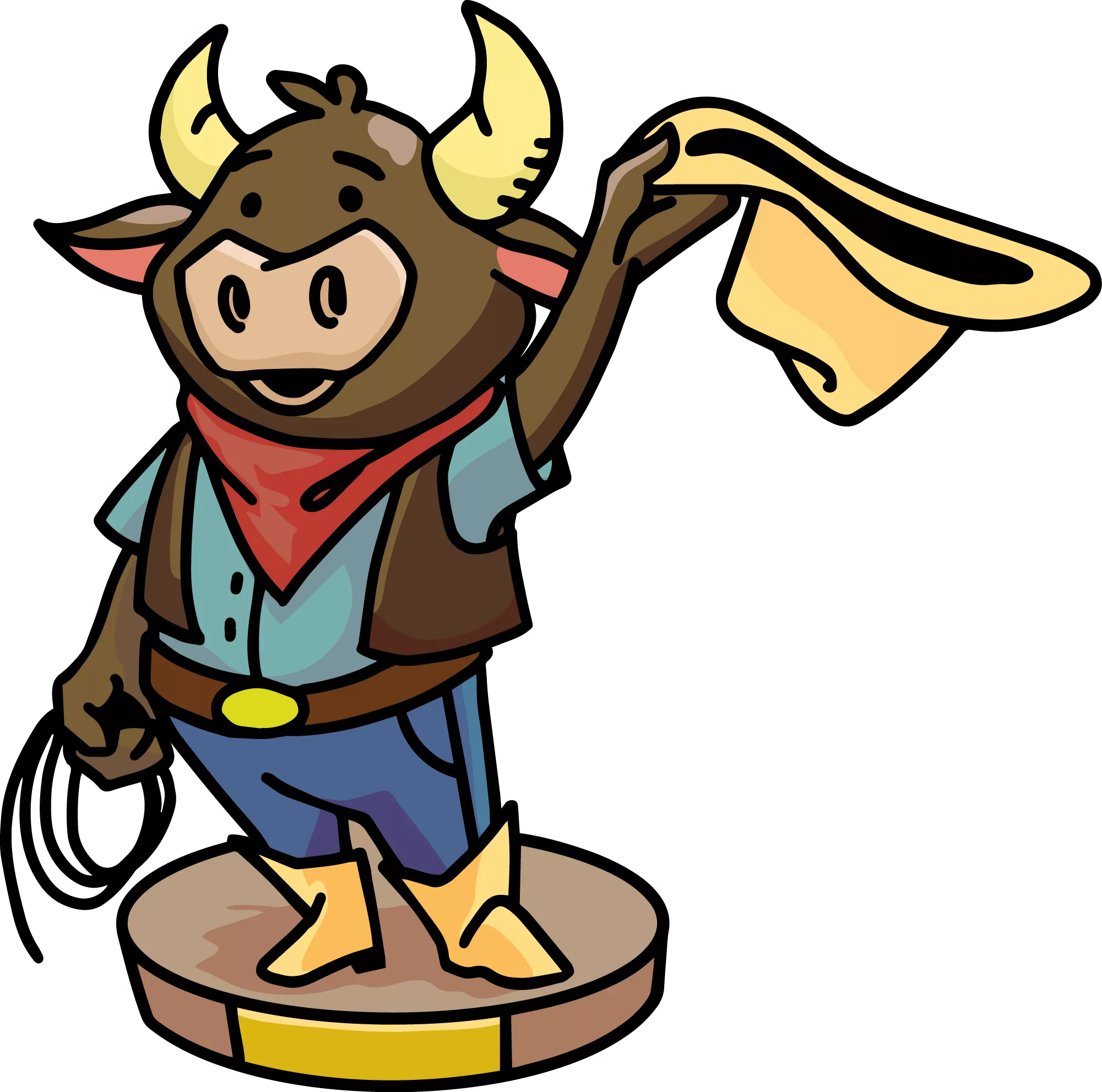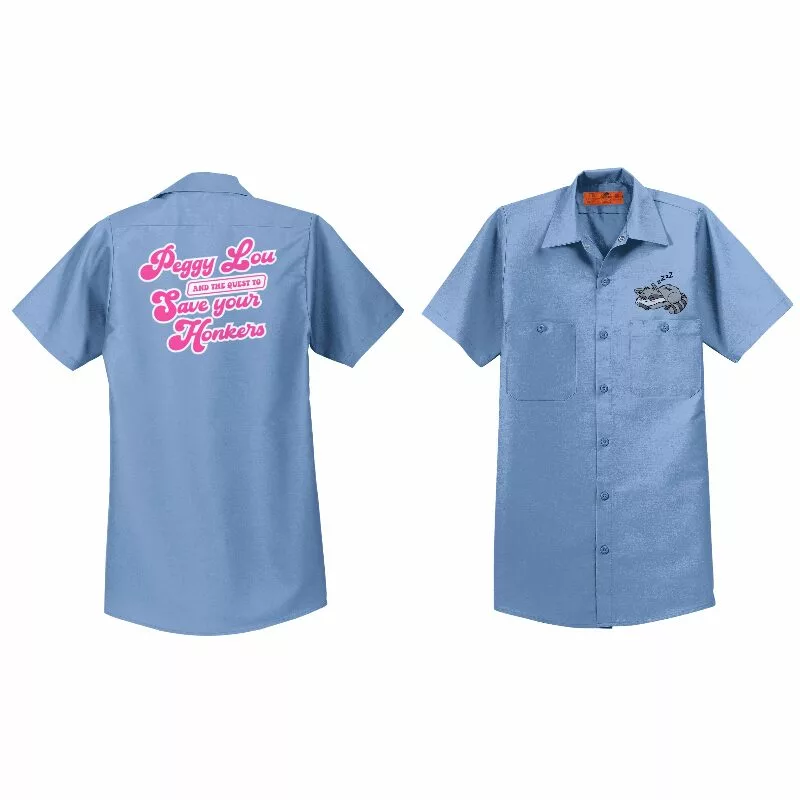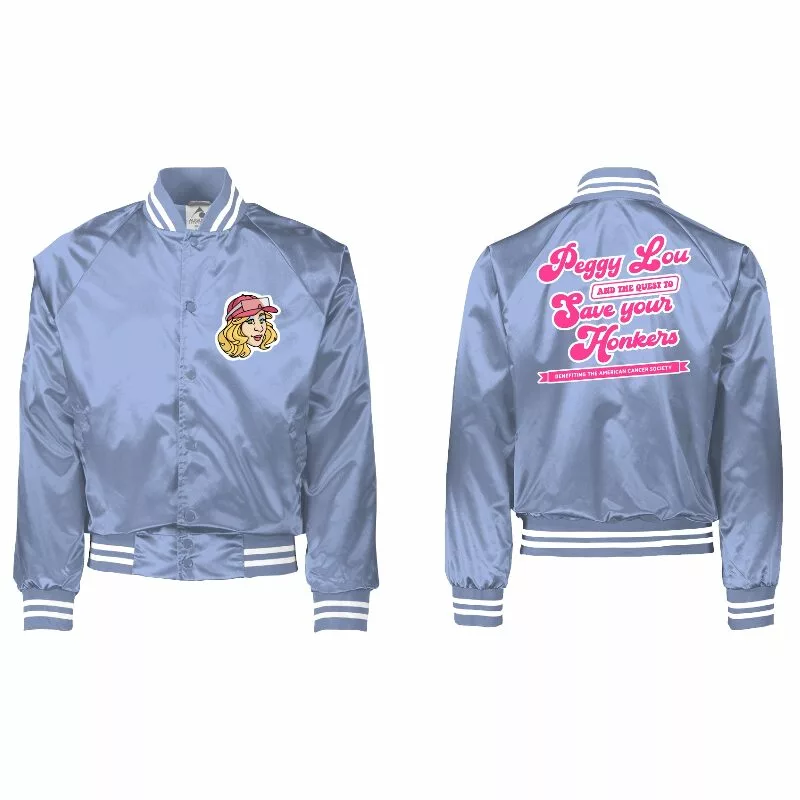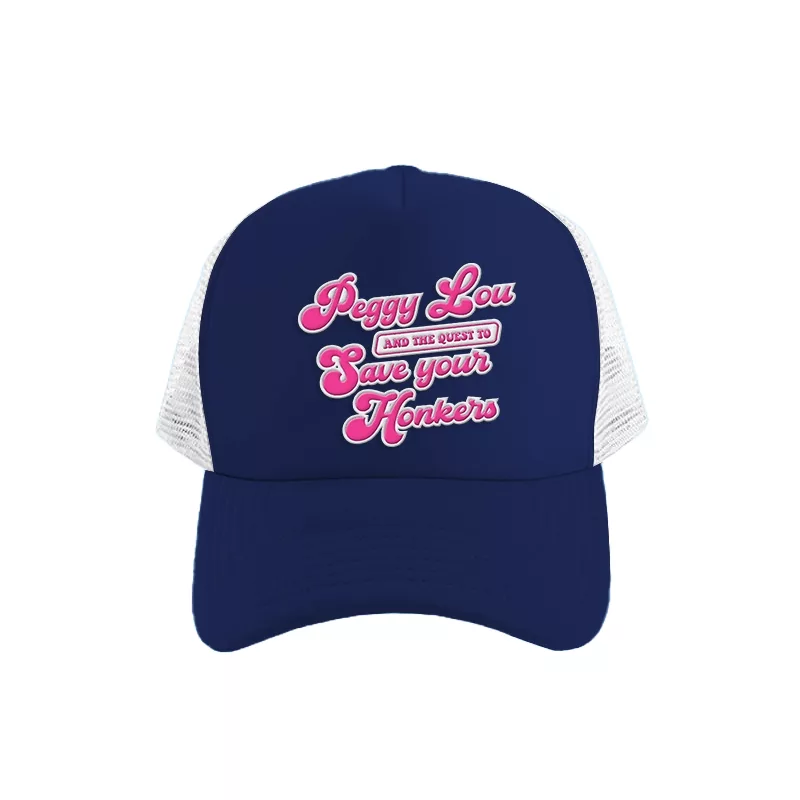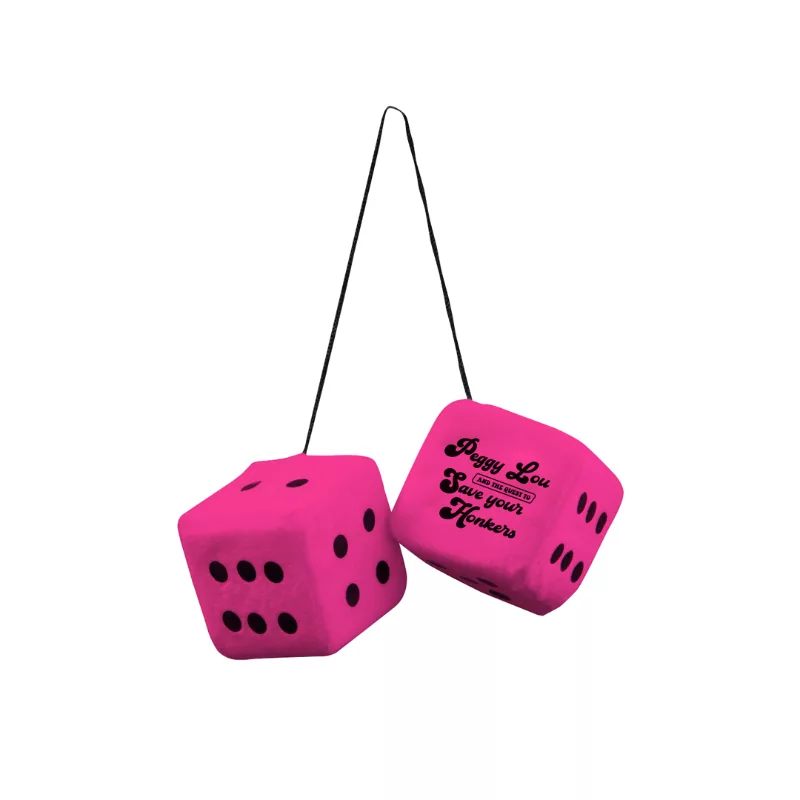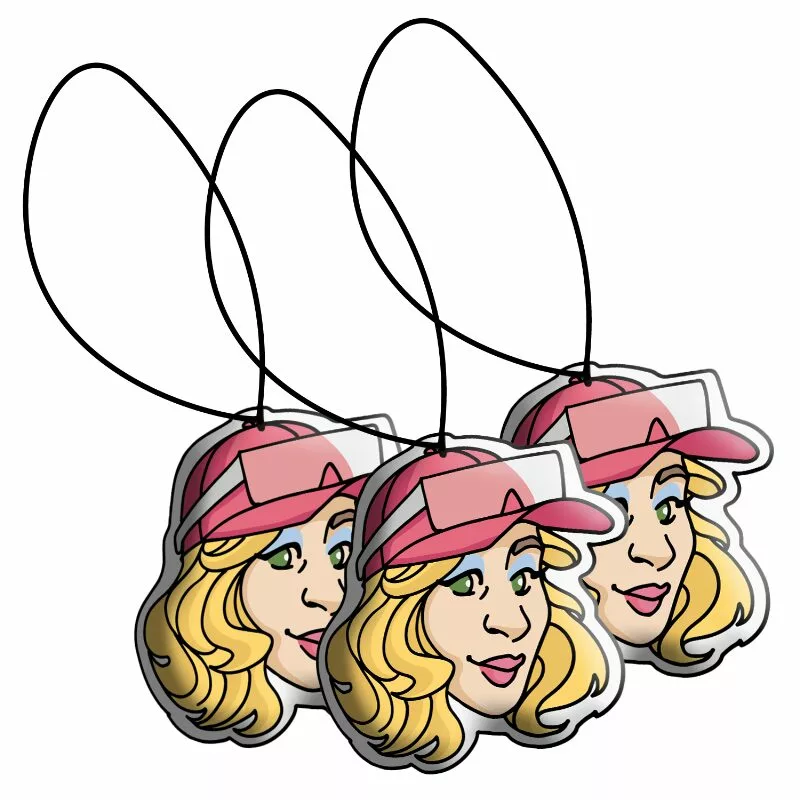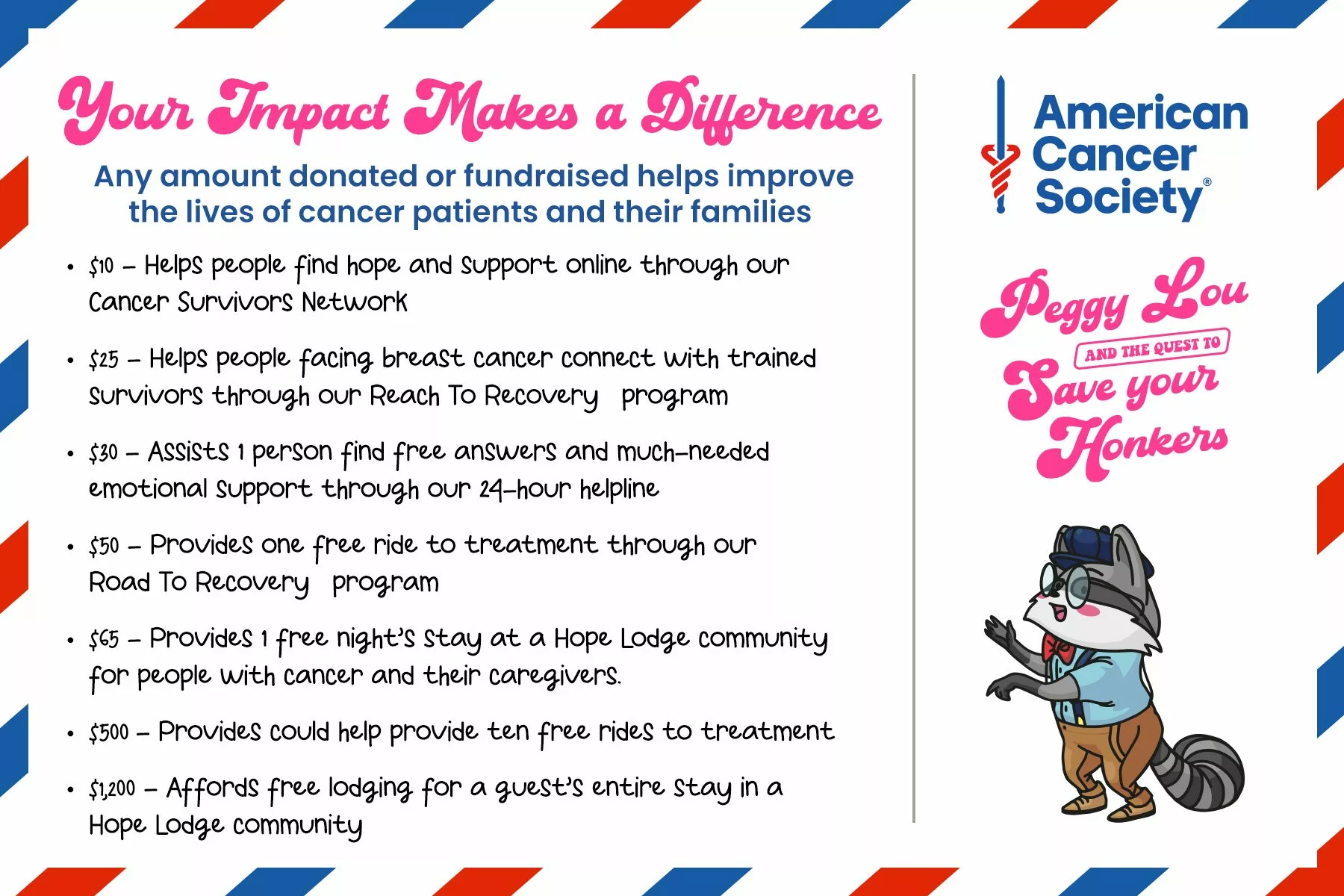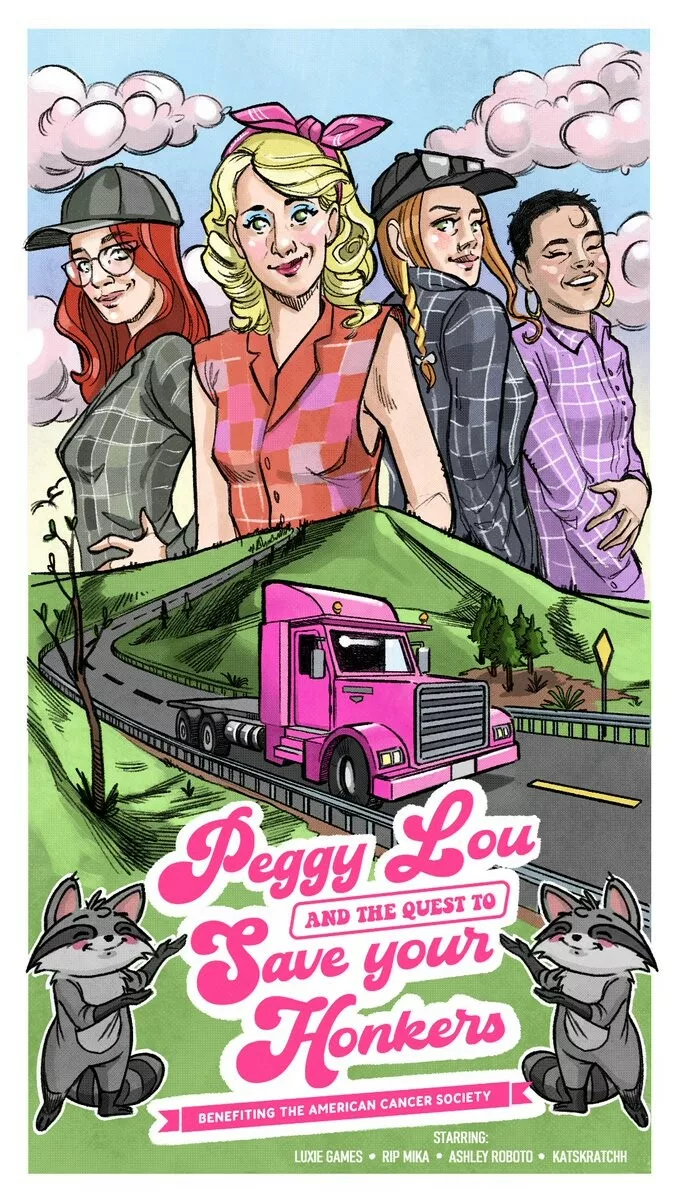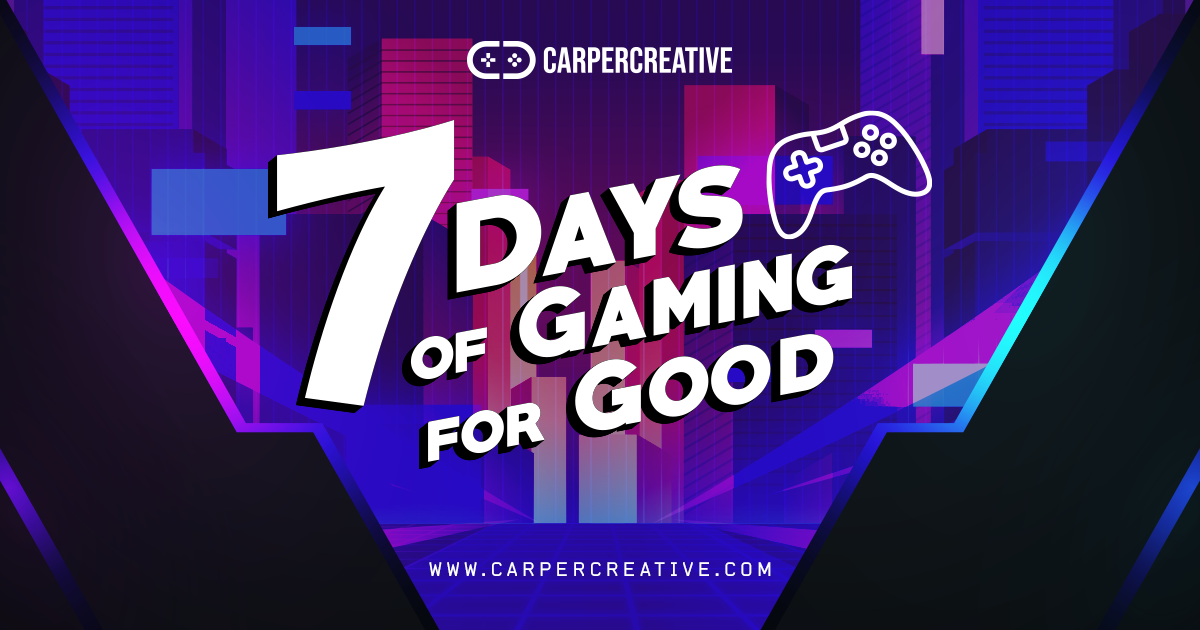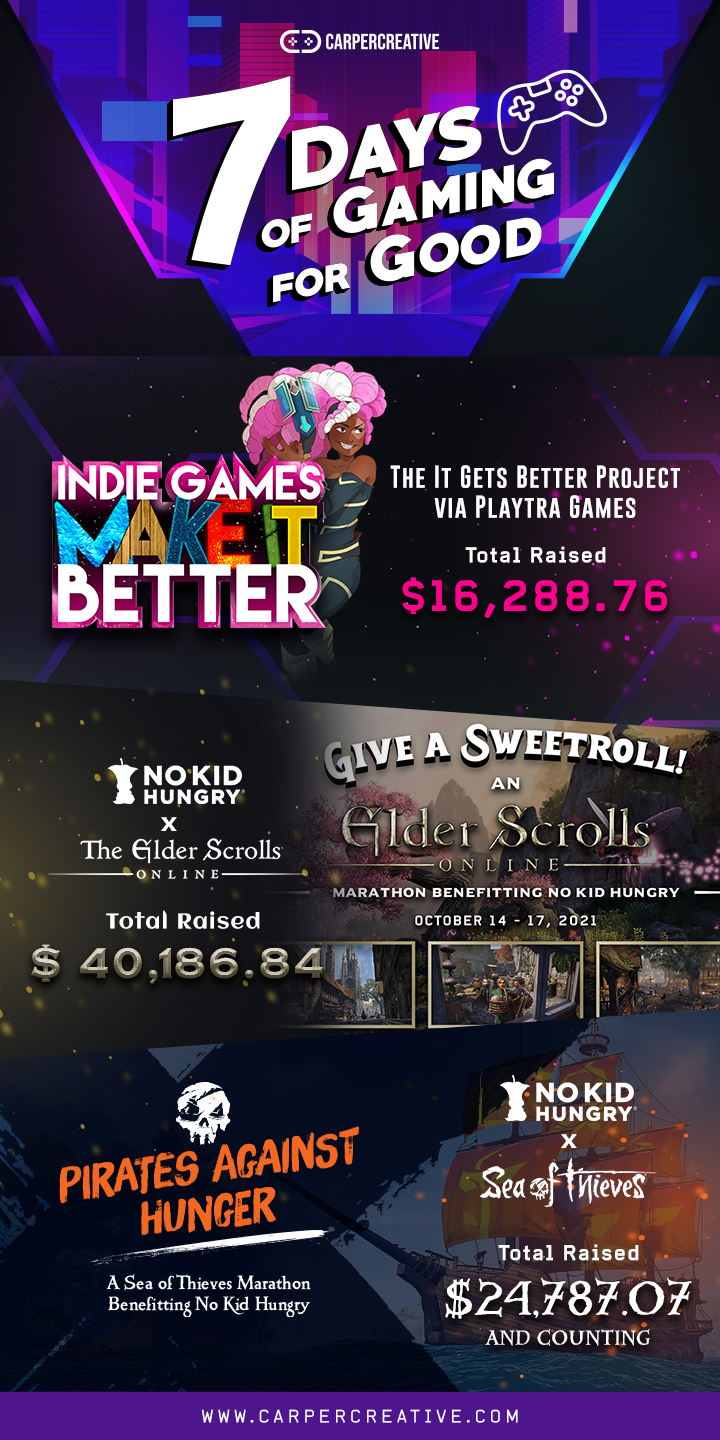Magic vs Cancer was a livestream fundraiser featuring Magic: The Gathering Arena benefiting the American Cancer Society.
This case study covers the basics of the event, the production process, and how another organization might build upon a similar concept to achieve similar results.
Production
As covered in our previous case study, the American Cancer Society is one of our clients interested in livestreaming fundraising events. For this particular fundraiser, we connected them to Wizards of the Coast for official support of our livestream event.
The event worked as follows: Magic: The Gathering Arena players livestreamed a relay format. A relay in streaming is an event in which several creators race to finish one or several objectives. For Magic vs Cancer, the main objective was to get an account from Bronze rank to Mythic (the highest in-game tier). Streamers handed off the account to the next person in the schedule after a few hours, each playing to raise the account’s rank. Each creator set up their own donation incentives. Some did push ups, matched donations, banned cards to make matches more interesting, etc.
We developed the graphics and revised them with feedback from the Wizard of the Coast branding team. We had to respect brand guidelines for both Wizards and American Cancer Society.
The relay format in Magic streams is unique because the format technically violates their terms of service rules around account sharing. Thankfully, Wizards or the Coast always officially supports our events and relays. That makes the American Cancer Society more competitive because no one else can immediately duplicate Magic relays.
For our events, we work with people in communities who are trustworthy and reliable. We contacted our longtime production partner, Raphaël Lévy, to help us host and produce. He is a Magic pro player, active streamer, and respected community leader. Having Levy on our team gave us a leader’s input and a direct line to creators in the Magic space.
One of the benefits of the relay format is that we retain more of the viewers throughout several streams. People are moved from one stream to the next. After content creators pass the baton, more people will stay and watch how the relay progresses, even if they don’t know the following streamer. An audience that watches for more than one stream in a row allows for more engagement.
Furthermore, as usual for our events, we had sponsors help with amplification. Wizards of the Coast gave us codes for in-game Arena currency; while Levy secured Ultimate Guard, a trading card game accessory company based in Europe. They donated merch for the event. Both partners shouted out the donation incentives on social media, with event creators reposting to encourage more viewers to donate.
Looking ahead
The Magic community team has been a recurring and trustworthy ally. Their willingness to support the relay format has helped raise funds for multiple nonprofits.
As long as the organizations and individuals participating are willing to encourage viewers to donate, engage with their communities to inform, and amplify the event through social media channels, our events will have high chances of success.
